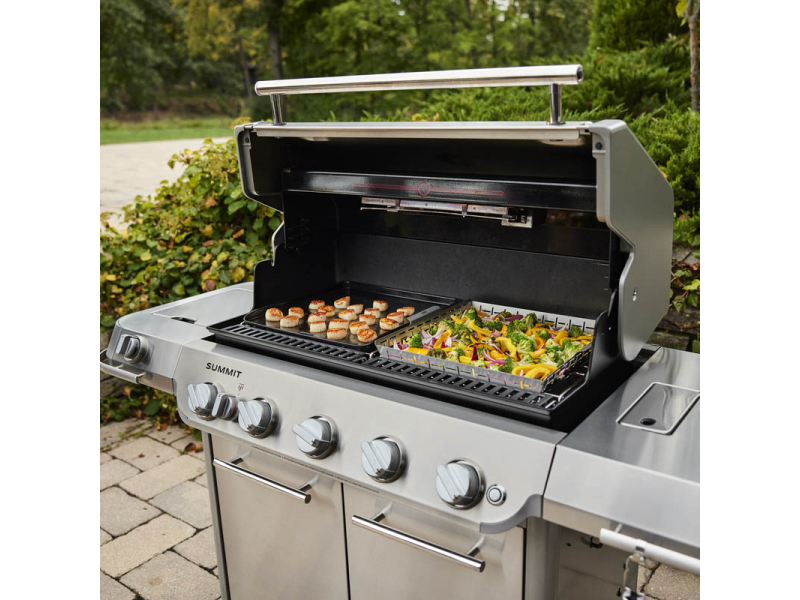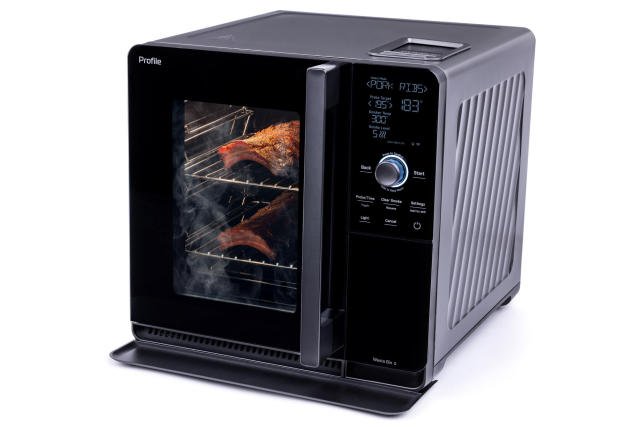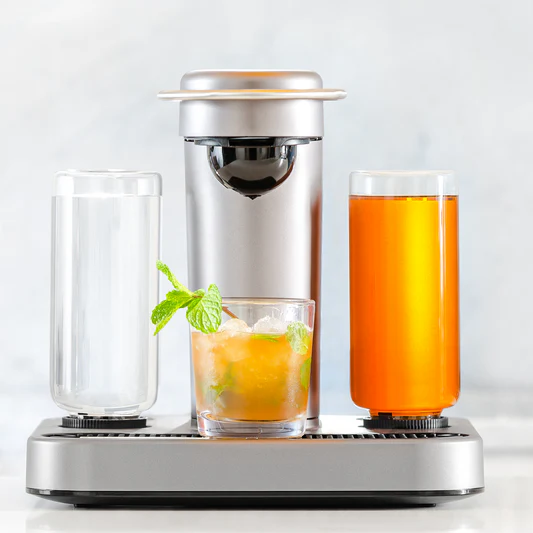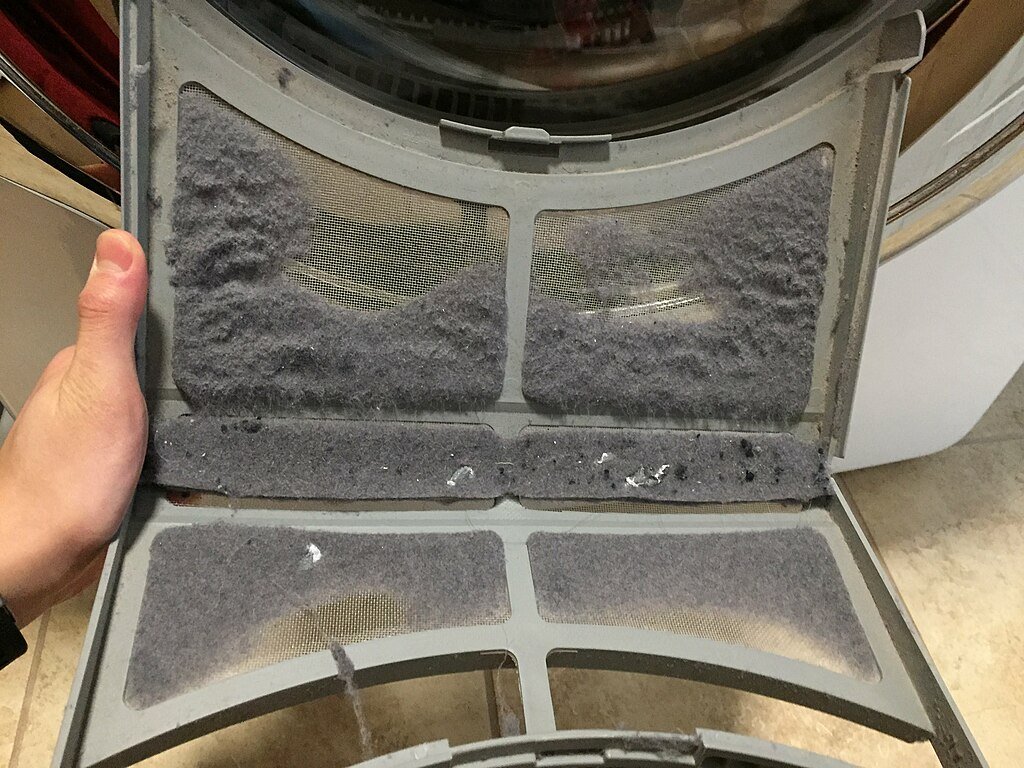Price vs. Value: Is a Bosch Refrigerator Worth the Investment?
When it comes to hunting for a new refrigerator many of us look for years before finding the right one. You weigh the list of your ideal traits, you save up money so that you don't have to be restricted by price, and you write out the pros and the cons. And that's what we're doing with this post. We're looking at one of the appliances that we see often in our maintenance runs, a Bosch refrigerator. As always we don't want to push for getting new appliances until your old ones are completely dead, but we do believe that doing your research ahead of time ensures that you are happiest with your appliances.
You might start by looking at who has received the best rankings for their appliances, year after year, and find out that Bosch has the market cornered on that. Bosch received the highest numerical score in the proprietary Lifestory Research 2019, 2020, 2021, 2022 and 2023 America’s Most Trusted® Kitchen Brands study.
Next, you might be looking for a company that is paying attention to its environmental impact. Every appliance starts its journey at the production facility. Where all of the magic starts long before it ever gets to you. Something that many companies say they do, but as well all know, the proof is in the numbers. Bosch however can prove that they do just that. 40% of all of the patents that they apply for are environmentally focused, and that is before things are even being built.
At Bosch facilities, they have managed to get to a point that 92% of their production waste is recycled. Instead of going to a landfill, they managed to either reuse it or melt it back down to original components.
Once an appliance is built, you have to worry about shipping. One of the ways that Bosch cuts down on costs and material usage is at this stage. By trimming down and packing more efficiently they've managed to reduce fuel costs and CO2 emissions. (Which translates to a lower price for you.)
One of the most important questions when it comes to a refrigerator is food storage. Bosch is tackling two of the most important issues: temperature control and freshness.
Temperature control
Bosch has engineered their refrigerator so that once you program in the temperature, they hit as close to that temperature as possible and then stick. As we've mentioned in other posts, this is an issue that refrigerators struggle with because of defrost cycles and having the door open and close 20 billion times. Bosch though manages to course correct very quickly once the doors are shut. And as for defrost cycles, the temperatures barely budge at all.
Crispers + optional (but highly useful) ethylene gas filter
Crispers are a balancing act. On one hand, we want them to keep our fruits and vegetables in peak condition. This means keeping the temperatures cold but also maintaining humidity, which we try to avoid in the rest of the fridge. You need enough humidity to keep things crisp, but not so much your food mold. Bosch has figured out that balance though, along with fighting another vegetable foe: ethylene gas. With the Fresh Protect filter, the fridge sucks up the gas that the food produces, keeping it in peak condition for longer.
Finally, you've got some of the best temperature control on the market right now. At Appliance Rescue Service, we're quick to point out useless apps and Internet of Things additions that make your home needlessly complicated. Bosch though had created an app that does what it says it will, without all of the extra clutter. It lets you set the exact temperatures you want in your fridge in all of the different zones, and then check that its working. That's it. It's an astounding idea somehow to have an app that does precisely what it says and no more, but Bosch has.
Warranties
Of course, you don't want to ever think about a brand-new appliance breaking. Honestly, neither do we, but they do, and that is where warranties come in. This is one of the reasons that we say warranties should be part of your pro and con list when it comes to purchasing new appliances. In the case of Bosch specifically, not only do they offer extended warranties on key components but they also go above and beyond the industry standard of one-year warranties.
Non-electric components are guaranteed for 2 years. Electric components are covered for five. And anything that is stainless steel is a lifetime guarantee. Bosch really does put their money where their mouth is by offering warranties like this.
Not everything is sunshine and roses, though. As with any proper consideration, you need to look at the cons as well. The biggest one in terms of a Bosch refrigerator is the price. At the bare minimum, a Bosch refrigerator new, is $2500. That is the bare minimum. The more advanced models can run you $5,000 or more. And while we know we have reviewed refrigerators at much higher price points, we also understand that it can be a bit of sticker shock if you're not expecting it.
Another complaint that we ran across with great surprise, was the refrigerator over-cooling. While this does tie back to the reliability of the appliance, it's not one that we see often as a complaint. However, this along with several other complaints, does lead us to suspect that in order to keep your refrigerator running properly, you need to schedule regular cleaning for the underside and back of it. If as we suspect, the issue is from the compressors and the coils, those need to be kept clean. This can be more work than some people want to do so it should properly go in the con section.
Bosch refrigerators stand out for their impressive temperature control, eco-friendly initiatives, and robust warranties. However, their premium price and the need for regular maintenance might give some buyers pause. If you're contemplating a Bosch fridge or any other appliance and find yourself facing issues with your current setup, Appliance Rescue Service is here to help. Our skilled technicians specialize in maintenance and repair, ensuring that your existing appliances perform at their best for as long as possible. Whether it's dealing with over-cooling problems, cleaning compressors and coils, or addressing any other concerns, we’re just a call away. Don’t let appliance troubles disrupt your home—reach out to us for expert care and keep your appliances running smoothly.
Call: (214) 599-0055
Additional Reading
An In-Depth Look At Refrigerators
Energy Efficient Refrigerators: What Makes Them Tick?
Why Is My Refrigerator Making Weird Noises!?





















